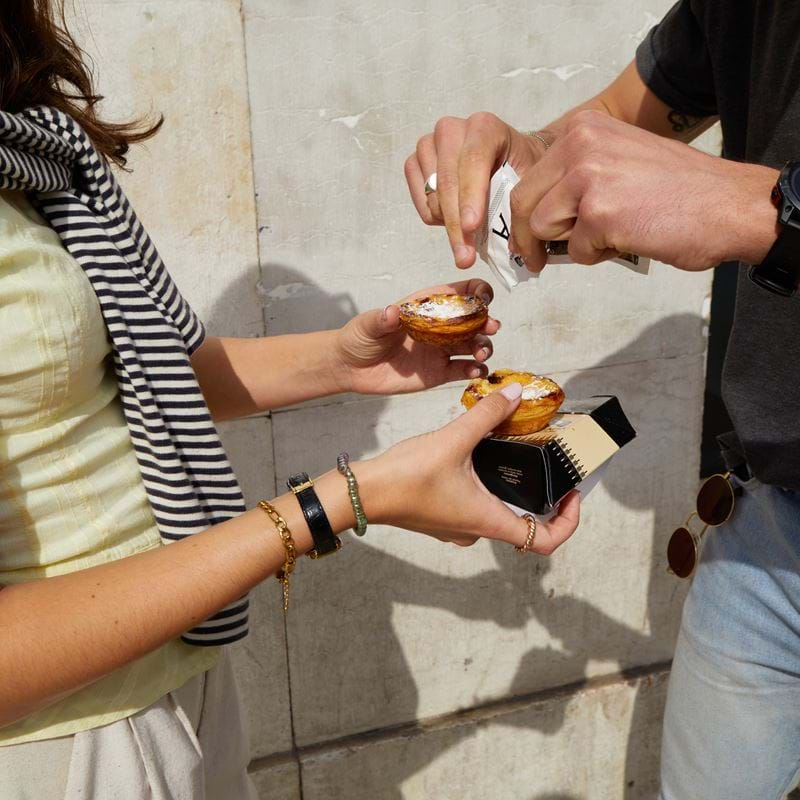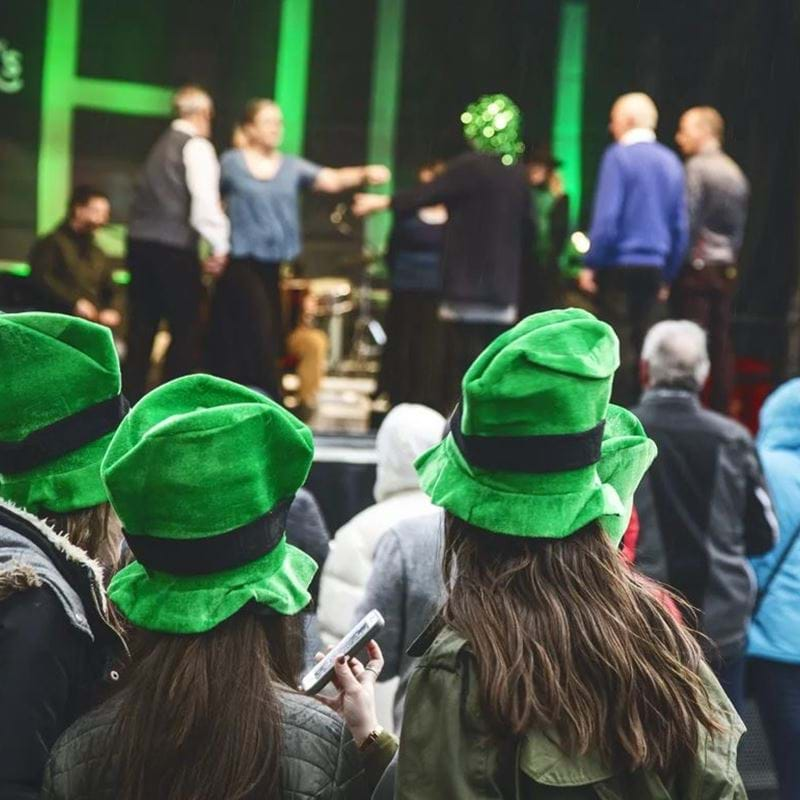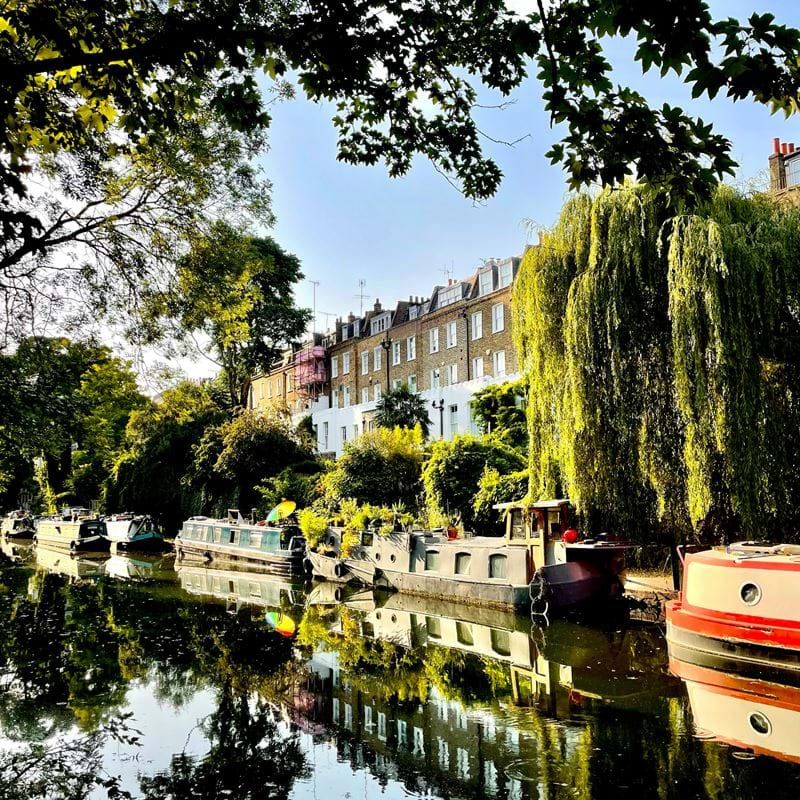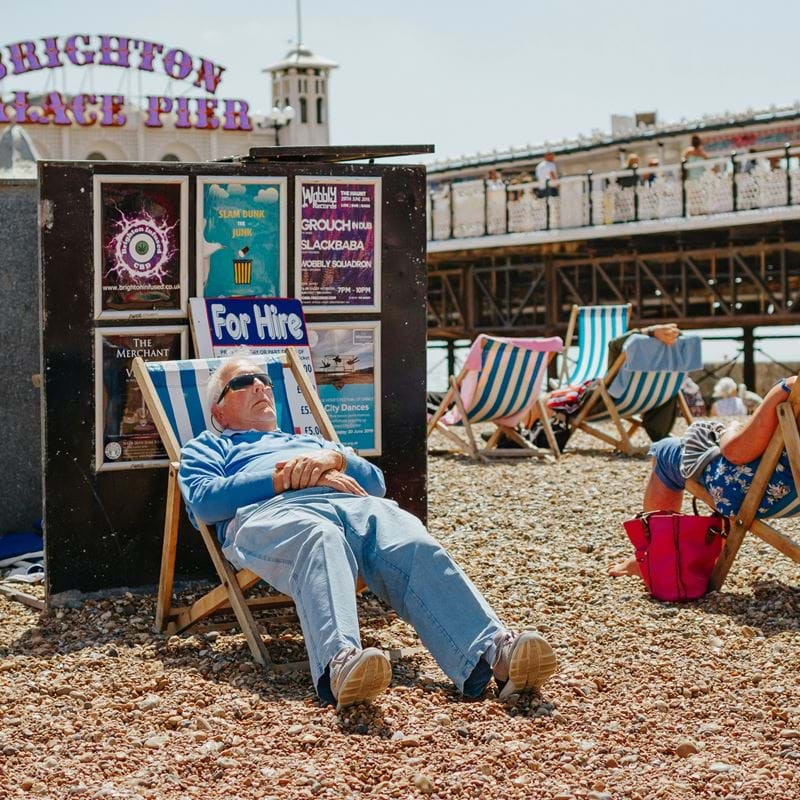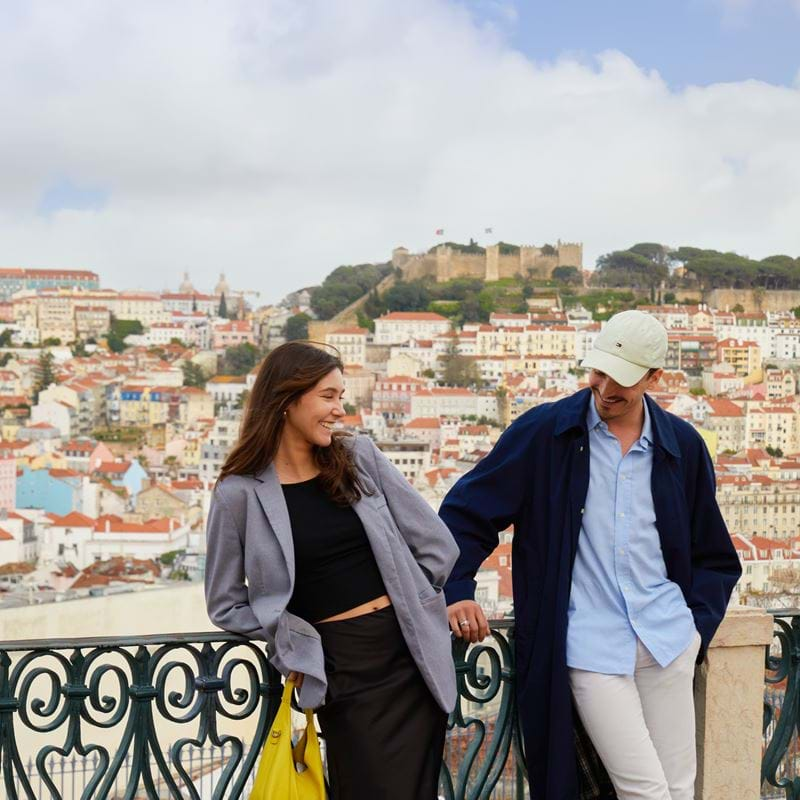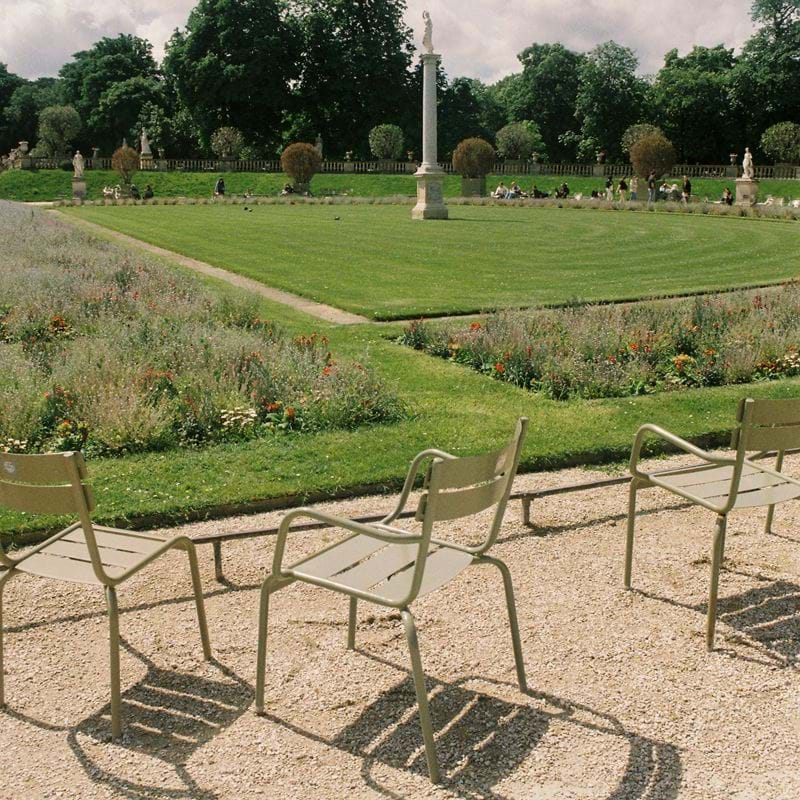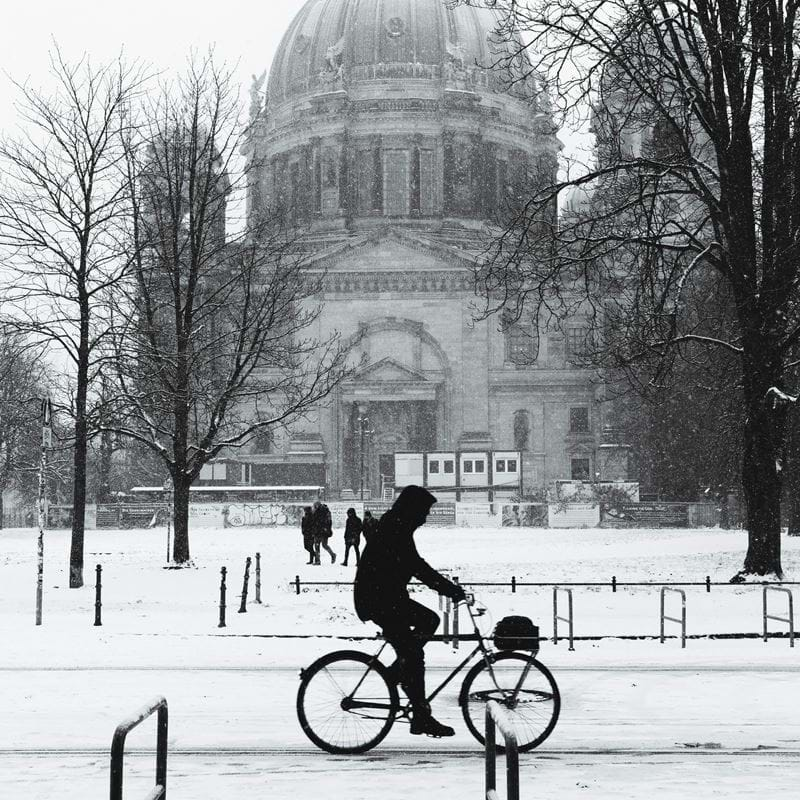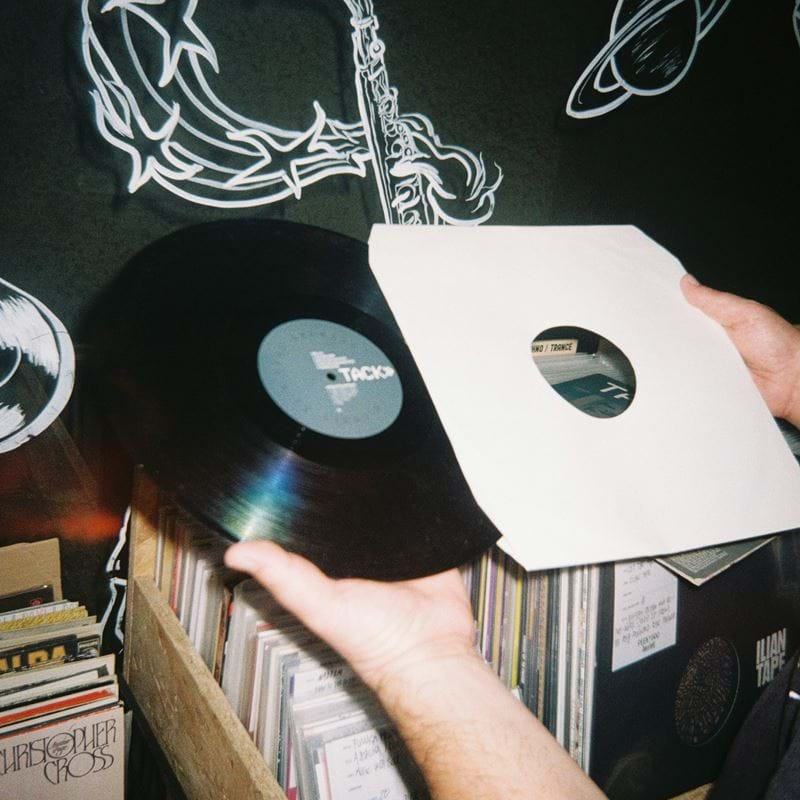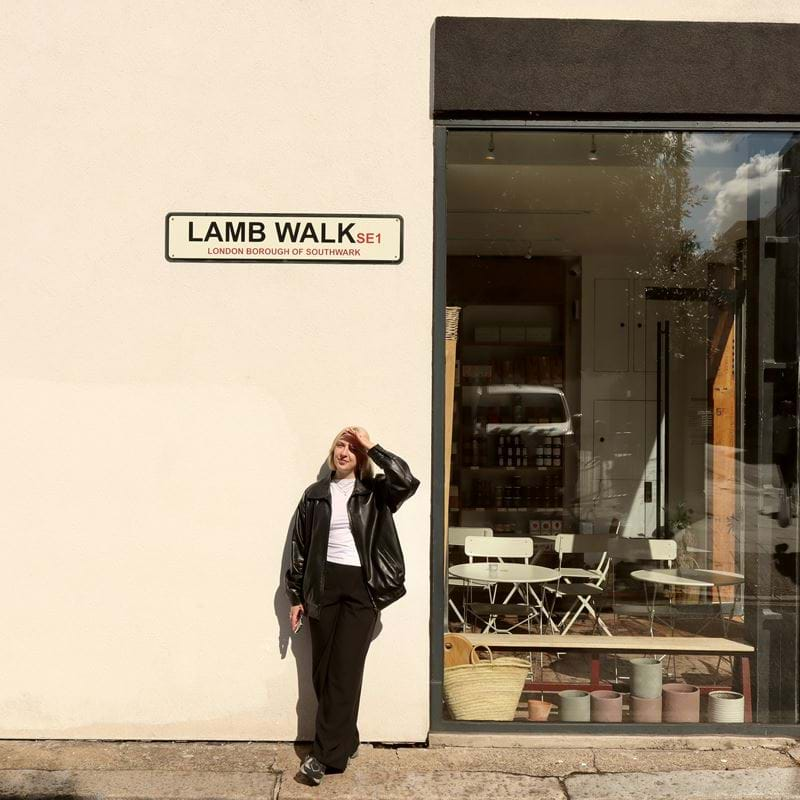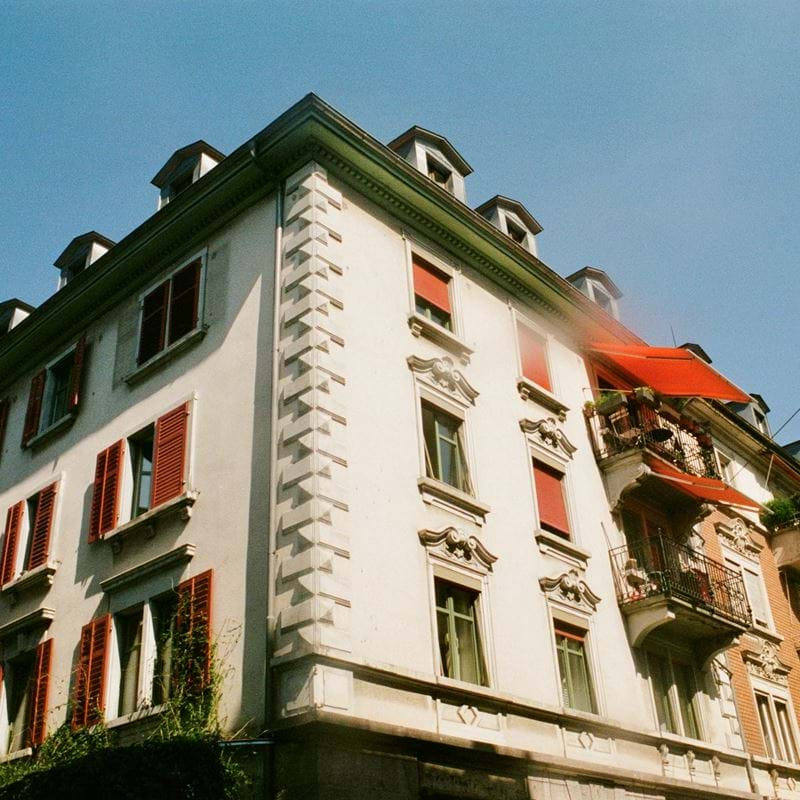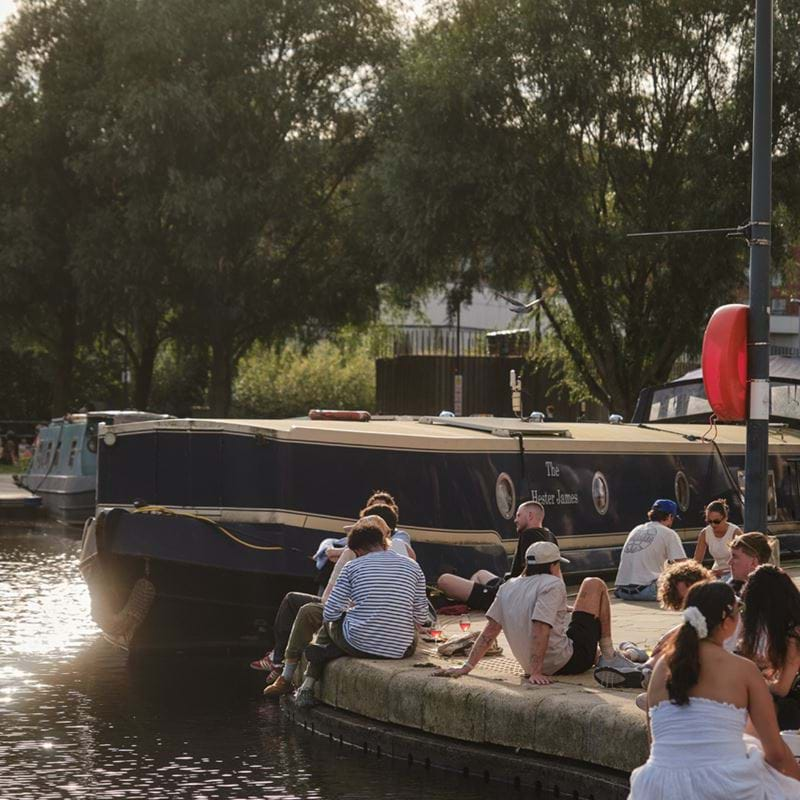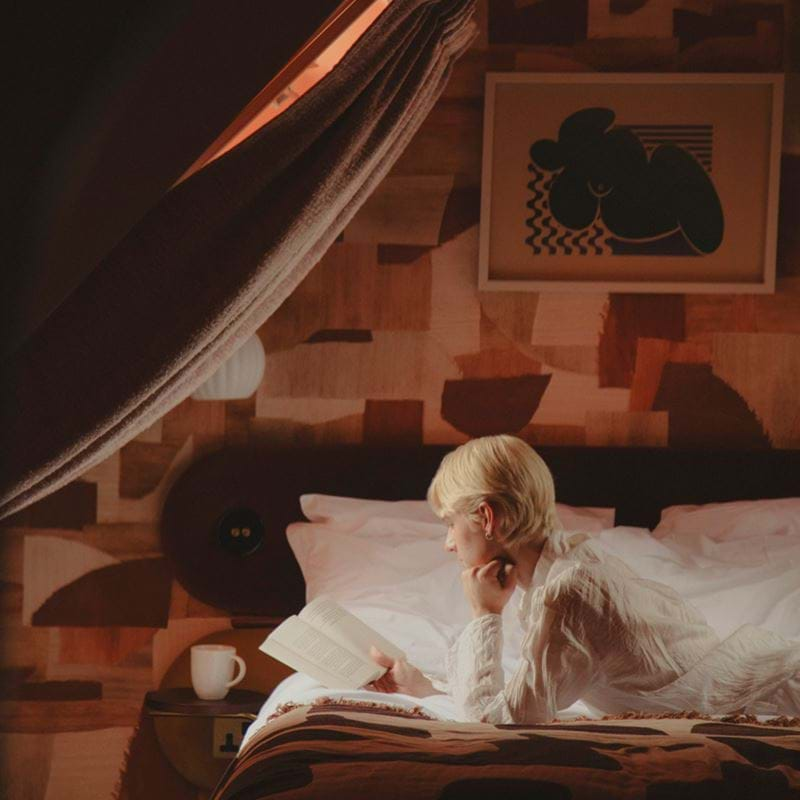There’s no missing the point of Fredde Lanka’s bold and beautiful illustrations and ceramics, which make you both laugh and think at every turn. Although uplifting, colourful and above all, humourous, their pieces also carry a strong message, with slogans including “Eat the Rich / Save the Planet”, “Help People Not Governments” and “Defend Queer Youth or Die” splashed over their kaleidoscopic storyboards.
For Lanka, these proclamations aren’t there to shock, but embody the values they live by. In addition to their art, they are the artistic director for The Outside Project (the UK’s first LGBTQIA+ shelter and community centre) and have undertaken a series of commissions intended to uplift the queer community, such as painting a mural for Birmingham’s oldest queer nightclub and designing an Instagram filter and Zoom backgrounds to celebrate Pride 2020, created in collaboration with Converse and It’s Nice That.
It’s this sense of community that is perhaps at the centre of Lanka’s art, making them the natural candidate to illustrate the keycards across Locke’s UK properties. We sat them down to talk about where art meets activism, the importance of their creative community, and their favourite east London hangouts.
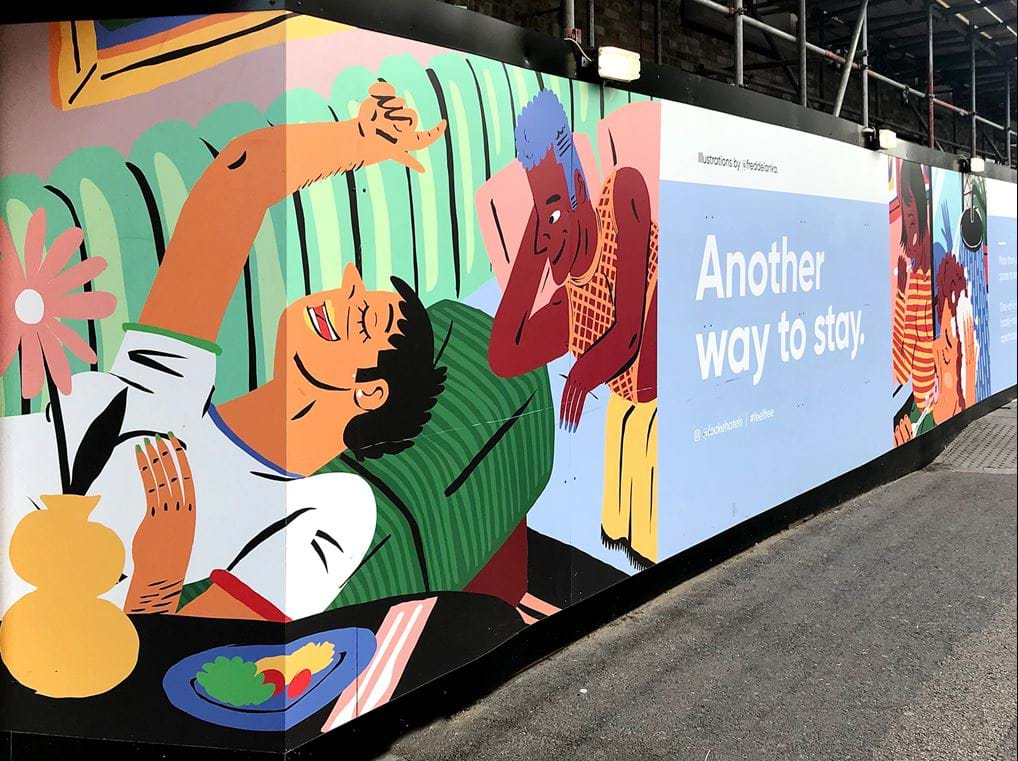
Your work is joyously colourful, outrageously funny and also unapologetically political. How important is it for your art to be a vehicle for your activism?
When Trump got elected it kinda woke me up to what kind of world we live in. It made me realise that if I was going to capitalise on being a queer illustrator, I should also help the community that inspires and supports my work – and protests, activism and grassroots organising is a big part of queer history. So yes, it has become a vital part of my identity.
You describe yourself first and foremost as a queer artist. What does queer culture mean to you, and how do you express it in your work?
Queer culture has helped fund my work since graduating from uni. Some of my first paid jobs were posters for various venues, club nights and performances. So I owe a lot of my success to those people and spaces.
How I express this in my commercial work is to make sure there is a good sense of representation of queer, POC and people of a variety of shapes and sizes appearing in my illustrations – making space for the people that I think deserve more recognition in the world. That also means having to explain a lot of difficult subjects to editors and clients to help them see things from my perspective and allow me to push for change within these mainstream spaces.
What are your favourite queer-friendly venues in and around Dalston/east London?
I have a lot of dear memories from Dalston Superstore, where I’ve spent many nights out with friends, dates and hilarious drag brunches. And of course The Glory is an amazing venue for drag, cabaret and a bit of saucy bingo.
What was the inspiration behind your illustrations for Locke?
I’ve spent a lot of time in Dalston in the past seven years, so I wanted to pay my respects to the people that I see walking down the streets. Dalston is full of people who have chosen to live their lives as their true selves, despite the fear of what other people around them will say or do. These people are exciting, colourful and impossible to miss. I wanted to make sure that they would walk past the build site and see themselves represented in my illustrations.
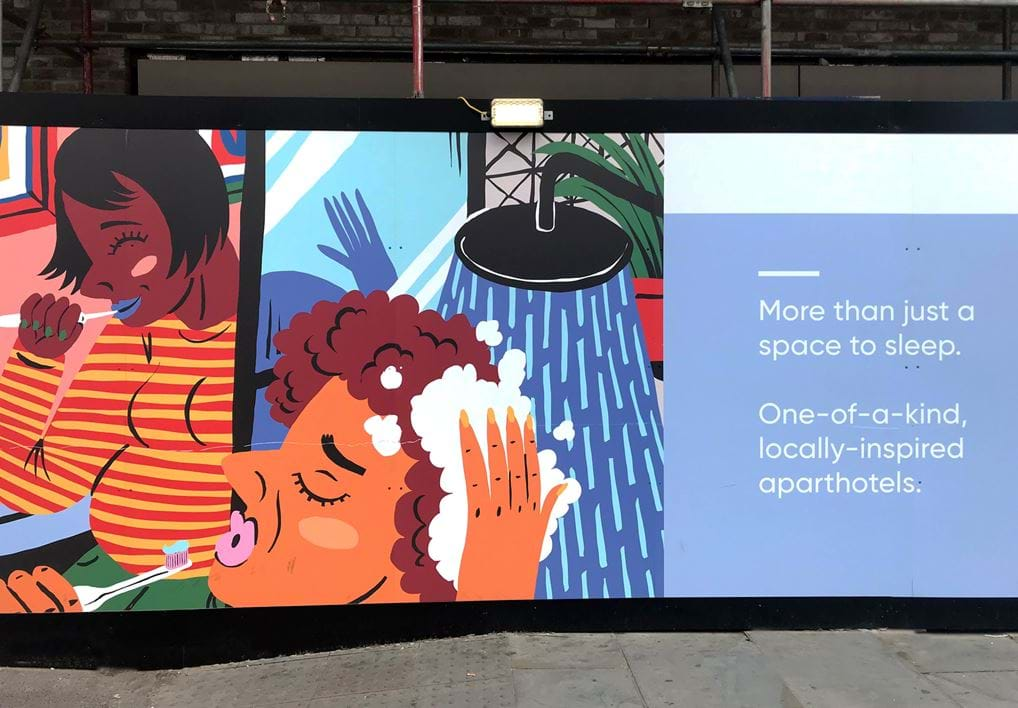
What’s the dress code in the Dalston postcode?
Whatever you want it to be. I feel it is definitely a place to be experimental about what you wear, so whatever crazy idea that pops up in your head before a night out, just try it.
You’re an educator as well as an artist, and try to both give back and reflect diversity within your art and your community. Tell us about some of the most uplifting local projects you’ve been involved with.
For the past three years I’ve been working with and volunteering for The Outside Project, which is the UK’s first LGBTQIA+ shelter and community centre, and is based in Farringdon. I’ve been offering my services as an art director, producing promotional material for their print and social platforms, as well as being a part of the community centre itself, helping to organise, do art workshops and other events.
Last year I also started a youth group for young queers (18-26) called the Queer Youth Art Collective (QYAC). Due to Covid this group has become an online social space for people who want to make and discuss art together with their peers. The group is restarting again in September and will remain online, making it more accessible to people all over the UK.
If travellers want to have a positive impact on the local neighbourhood, which community-run projects or businesses in east London should they visit?
I’d suggest supporting queer and POC-owned businesses like The Glory or Dalston Superstore, as well as shops like Prick, which is an amazing cactus shop in Dalston run by lovely people.
The last few months have seen a global reckoning of entrenched systems of oppression. As an “artivist”, how has this influenced your work or message?
It just made me realise I need to put more of an effort into making my messages clearer and offering my services to groups and organisations that I believe in.
You’re originally from Sweden – what’s the difference between working as an artist there and in London?
I haven’t really been an artist in Sweden, but from my POV I would say that I could never have done the things I do here in Sweden as the queer community there is not as big. It’s an amazing place, but there’s a lot more opportunity for people like me in London – at least for the time being.
Community is obviously an absolute cornerstone of your work. How would you describe the creative community in London? Are there any local artists you’d like to shout out?
I think that when most people think about art in London, they think of all of these big names that have grand shows and sell their works for £100k and more. But the part of art that I love in London is the community-focused practitioners who invite people to see, speak and heal together.
There are so many to name, but one that has been important for my own development is my colleague Lateisha Davine Lovelace Hanson, a creative powerhouse who writes, performs and creates amazing spaces for healing and the sharing of experiences. They have really helped me come to terms with a lot of things regarding my relationship to the art world and the issues that can be found in it.
It must have been difficult being deprived of these connections during lockdown. How did you continue to inspire, educate and support each other (and have fun)?
I continued to support as best as I could during lockdown. I’ve been making artwork for an online club night called Queer House Party, which is run by some friends that I met via The Outside Project. And I have continued to run QYAC from my living room, so I’ve managed to maintain a sense of connection through this strange time. But I do miss the dancing and the hugs.
Now that you’re allowed back out of the house, where’s your favourite place in east London to go to get inspired?
I think this summer the parks have been a good place to reflect, reconnect with my emotions and check in on friends. My work is heavily focused on people, so socialising is my main source of inspiration.
What’s your favourite green space or oasis of calm to reset in the area?
Curve Garden in Dalston is an amazing café space that provides a soothing atmosphere all year round. It was close to shutting down in lockdown, but they managed to raise funds via community support, which proves how cherished that place is. So I’d go there for a cuppa and a slice of cake.
Finally, we love the witty-but-woke captions and titles you give your pieces. If we asked you to come up with one to summarise Dalston today, what would it be?
Any bingo show in the area comes with a slight risk of having to touch the host’s naked bum if you win.
About Queer Youth Art Collective
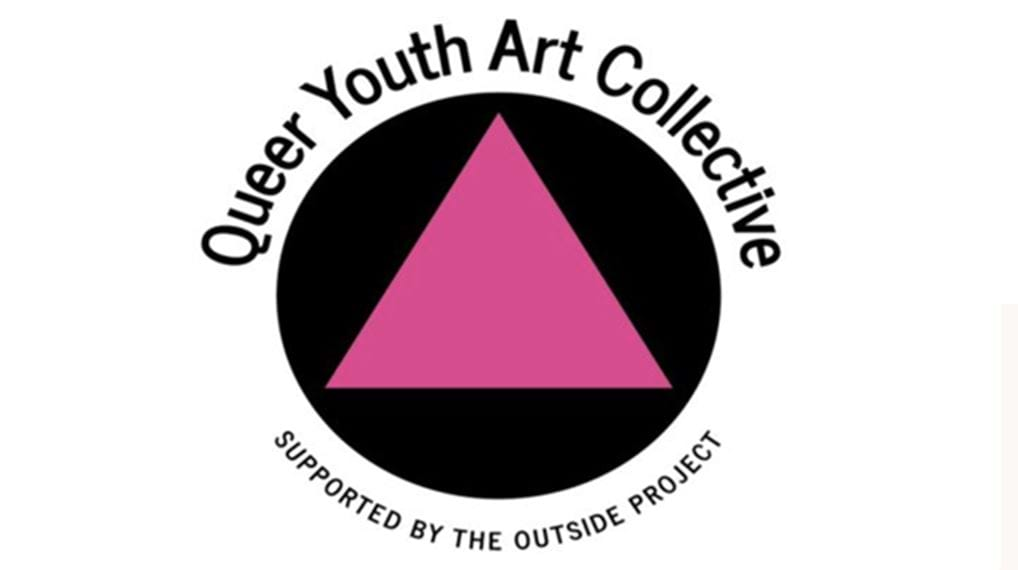
Queer Youth Art Collective (QYAC) is an online youth group for young queer people aged 18-26, who share a common interest in the arts. The group was started in autumn 2019 by artist Fredrik Andersson (Fredde Lanka) and Art Therapist Susy Langsdale. QYAC connects participants with like minded peers and offers guidance from experienced LGBTQIA+ practitioners from a range of backgrounds.
QYAC also works in collaboration with The Outside Project, the UK's first LGBTQIA+ homelessness service and community centre, to make sure that this group is made available for guests and friends of the centre.
QYAC run entirely on donations. You can the QYAC GoFundMe page below to make a donation to help them reach their target.
Donate.
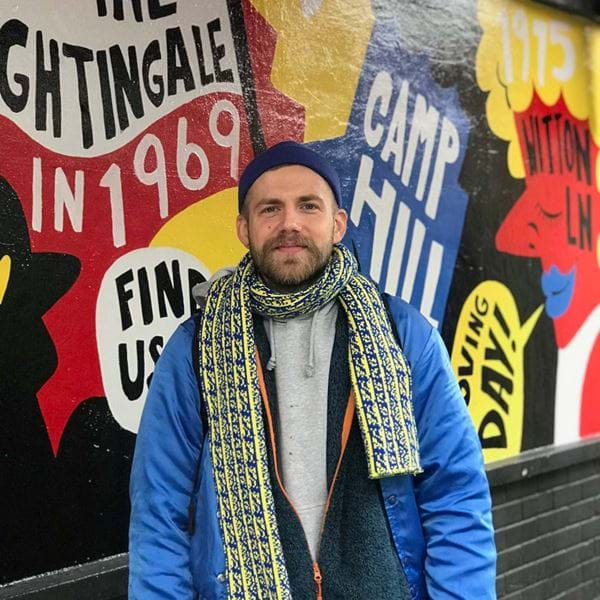
.jpg?width=900&height=900&mode=crop&format=jpeg&quality=80)
